A freshman quarterback’s job used to be pretty clear-cut: commit the playbook to memory, get in the weight room, and absorb as much as possible while serving as the redshirt understudy to a veteran starter.
Coaches turning over the offensive reins to first-year quarterbacks has become increasingly common in recent years, and in unlikely places. Two of the nation’s most prominent programs, for example — Georgia and Texas — have true freshmen at the forefront of their quarterback competitions.
Both Jacob Eason (Georgia) and Shane Buechele (Texas) earned some rave reviews coming out of spring practices, validating their decisions to graduate high school early and get a jump-start on college.
UCLA’s Josh Rosen is one of two Pac-12 quarterbacks returning in 2016 who enrolled early a year ago and won the starting job as a true freshman. The other is Washington’s Jake Browning.
Another Pac-12 quarterback and the likely No. 1 overall pick in this week’s NFL draft, Jared Goff, won the starting job at Cal in 2013.
Inserting Goff into the starting lineup was also a byproduct of Dykes implementing an entirely rebuilt offense in his first season at Cal.
“We were starting a new offensive system, and he was learning along with everybody else,” Cal head coach Sonny Dykes said.
It showed; the Golden Bears sputtered to a 1-11 finish in 2013, the sole win coming over an FCS opponent. But Goff showed off more than brief flashes of the ability that would make him a highly coveted NFL draft prospect in that first year.
In his first three games, Goff threw seven touchdown passes and tallied more than 1,300 yards. In mid-September, a time when most freshmen still get lost on campus, Goff threw for three scores and 371 yards in a loss to Ohio State. The pieces for the future were in place that afternoon.
Turning the offense over to a freshman quarterback isn’t necessarily indicative of a program building to a longer term future, though. Rosen started with a team harboring realistic conference championship ambitions, and the Bruins went into the last week of the regular season a win away from the Pac-12 Championship Game.
Should Eason win Georgia’s starting job, he’ll head a Bulldogs squad contending for the SEC East. Buechele is a veritable Obi Wan Kenobi for Texas, brining “hope” to the Longhorns in a time of need.
This shift built for years, beyond the walls of any college athletic facility. High school and youth football programs started this freshman quarterback revolution in the last decade.
“These kids are just more physically more mature than they were in the past,” said Bleacher Report national analyst Michael Felder. “They are doing power cleans in high school. Doing deep squats, not just beauty squats. They’re physically at a place where a lot of guys would have to play a year or two of college to get to in years past.”
Implementation of more rigorous weightlifting programs is just one area in which prep football players today are ahead of their counterparts 10 years ago or more.
Consensus exists among those I asked.
“The coaching is more advanced,” Petersen said. “The kids are training earlier, year-round.”
“These kids are well-coached,” Dykes echoed. “These guys are getting coached year-round. Their fundamentals are better.
Both coaches, as well as Felder, said high schools systems reflect college offenses more than in years past. Prep teams run pass-heavy offenses with more regularity, deviating from the option and Wing-T seen regularly in the past on Friday nights nationwide.
Dykes noted another phase in which quarterbacks are seeing better coaching: “The 7-on-7 stuff.”
7-on-7 camps and tournaments are of growing emphasis on the recruiting trail. Felder’s analysis takes him around the country, where he sees the impact firsthand.
These programs lead to young quarterbacks “getting more reps, working with QB coaches and getting more reps in the pocket,” he said. And they don’t just take snaps; they’re taking meaningful snaps in these camps and tournaments.
“More reps of understanding what they’re looking at, instead of just playing dropback-throw-it-as-far-as-you-can football,” Felder said.
Belief that youth and high school coaching has improved but opinions vary on the benefits vs. risks of playing one.
The worries that had long relegated freshmen to redshirt campaigns — and in many cases, still do — often surface.
“It’s not an ideal situation,” Petersen said. “I think Jake would tell you that. As much as he wanted to play, I think the whole thing was harder than it would be.
“You’ve got some special guys, but it’s just rare,” he added. “If you can sit and learn for at least a year, at that position [it’s ideal].”
One of the rarities Petersen cited was Rosen. And indeed, Rosen’s debut went about as smoothly as one could hope from a freshman quarterback.
“It takes someone with some major gifts, not only physically, but mentally and emotionally, to be able to handle playing in a major market like Los Angeles, at a school like UCLA,” Mora said.
Rosen’s “gifts” helped him set a UCLA record for attempts without an interception (245) and averaged more yards per game than Clemson’s Heisman Trophy finalist, Deshaun Watson.
And yet, Rosen still faced his share of struggles. He fared disastrously in his first rivalry series foray with USC, throwing two interceptions and coughing up a fumble on a sack, which the Trojans returned for a touchdown.
Whereas Petersen touted the benefits of learning as a redshirt and beyond, Mora sees reward in gaining game experience.
“Playing the game is where you make your biggest jumps, at any positions,” Mora said. “Practice is great, but when you get thrown in competition, that’s where you see the biggest gains in terms of improvement.”
Mora’s philosophy shows beyond Rosen. In 2013, UCLA played more true freshmen than any team in college football, and the Bruins won 10 games doing so.
As more programs adopt such a mindset, a byproduct of it will become of greater issue: transfers.
Freshmen expecting to play immediately, and some either being not quite ready for behind a veteran on the depth chart leads to attrition. That attrition, combined with injuries, creates a dynamic forcing coaches to play youngsters before they’re ready, Petersen pointed out.
Transfers among quarterbacks are already prevalent, the result of the position allowing for just one player to take the field at a time. A freshman quarterback who wins the starting job will presumably keep it for at least three years, as was the case for Goff and presumably the case for Rosen.
But at Texas, Buechele winning the job would force out Jerrod Heard, the Longhorns’ freshman quarterback in 2015.
The situation in Austin reflects the inherent risk with starting a freshman quarterback. One failing to get up to speed as projected perpetuates a cycle of turnover.
These are ultimately still freshmen, and the college game is a huge leap from high school. The risk of starting a freshman quarterback will never be fully mitigated, but the reward can be much greater than in the past.

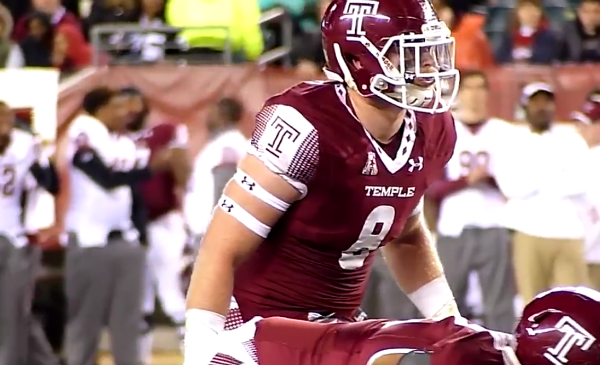

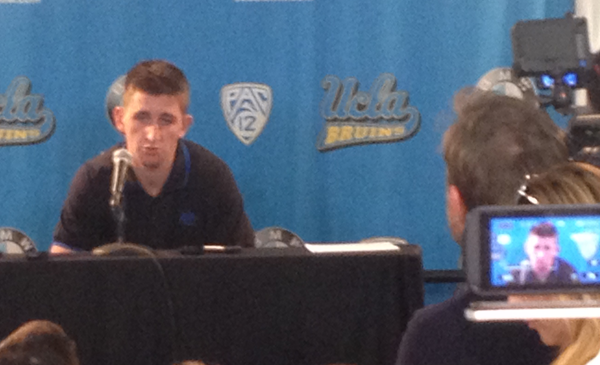
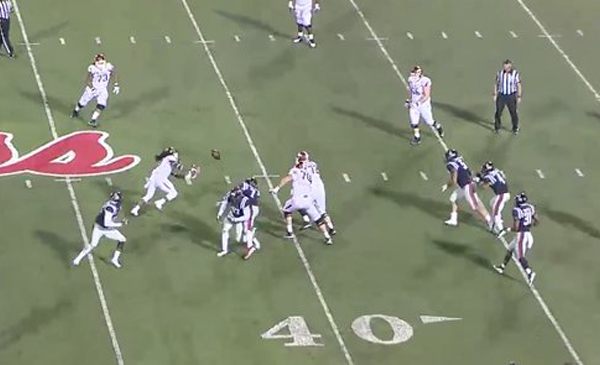
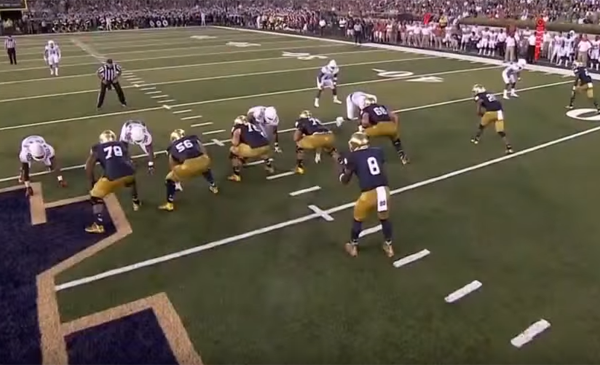
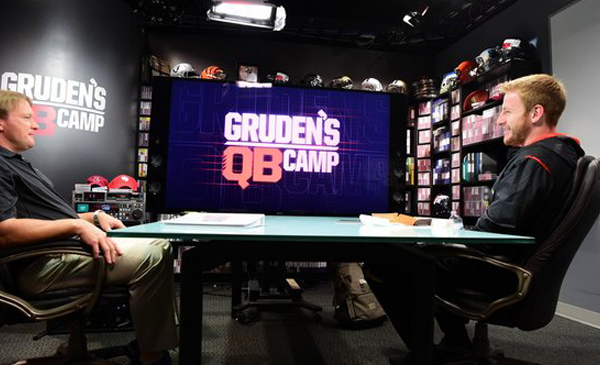
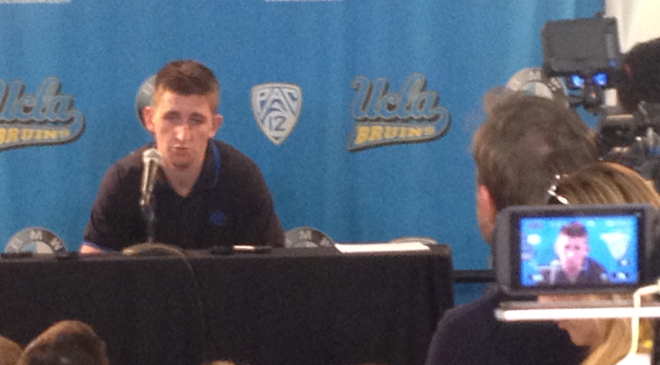

[…] a freshman at quarterback used to be a sign of desperation but that’s no longer the […]
[…] The Freshman Quarterback Phenomenon […]